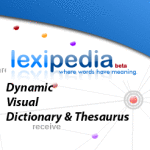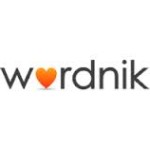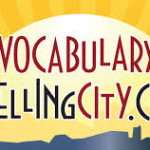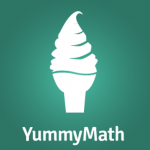Mobile Learning Community
Mobile Learning Communities (MLCs) are groups of learners that are engaged in online, e-learning or m-learning often referred to as distance education. The idea of m-learning is that the student’s device is indeed mobile whereas e-learning may confine a user to a desktop without the same type of mobility. New mobile devices are being released faster and faster in a manner that redefines how the user receives information. The learning students receive in a mobile learning community transfers over to real world use of digital devices in both their personal and professional lives. Mobile Learning Communities (MLCs) offer personalized learning, anytime, anywhere on any device.
With the power of technology in business those that are digitally literate will undoubtedly become more secure in their jobs and careers. We are asking leaders and thinkers in education and technology fields to educate America out of a fixed skills mindset and into a growth mindset of jobs that cannot even be imagined. Students have access to unlimited information, rather than memorize and recall information we must now teach them how to analyzed and access information for the global world in which they live. The buzz words of “globally competitive” are ever evolving into “globally collaborative” as the digital age breaks down international barriers that once were.
The opportunity to learn is afforded by mobile technologies. Learning can happen anytime, anywhere. The exponential growth of wireless and mobile networks has brought vast changes in mobile devices, protocol development, standardization and network implementation, and user acceptance. No longer is the learner confined by the walls of a classroom. More and more colleges and even high schools are being swept into virtual education making the learning experience more accessible and convenient as well as less costly. When school becomes less costly and more convenient, the more we can educate our world offering endless opportunities for all.
A hybrid of traditional face-to-face learning coupled with mobile learning provides the learner access to a teacher facilitator as well as instant access to information. The best mobile learning systems should use both instructional and informational approaches. Classrooms should focus on information as well as instruction. Technology is key, yet challenges are more likely to be in content, strategy, and transformational change.
The impact technology has on teaching and learning is significant. Learning today is driven by the need to make connections and to collect and apply knowledge in a variety of ways. Students must interact with information in a variety of modalities, have opportunities to respond to the information and receive prompt feedback. Technology, with the direction of a teacher, will provide the gateway students need for this interactive, 24/7 learning experience. This ensures each student has a personalized education and access to information so they may engage in their own learning process while pursuing their dreams and future aspirations.
Technology is ever-changing. Educators must make a commitment to recognize, accept, and adapt their teaching to providing the best innovative tools, while staying abreast of new technologies to support their curriculum and engage all student learners in this transformative Information-Age. Digital learning must also include a non negotiable commitment to citizenship in a digital world. Digital responsibility and cyber safety are two key areas for the Digital Learners. Ensuring students understand and are provided with curriculum to make a positive digital social contribution is important and worth a sustained dialogue integrated into all curriculum areas.
Palloff, R.M., and Pratt, K., Building Learning Communities in Cyberspace: Effective Strategies for the Online Classroom,Jossey-Bass Inc., Publishers, San Francisco, 1999.
Preece, J., Online Communities: Designing Usability and Supporting Sociability, Wiley, John & Sons, Incorporated, New York, 2000.
Schoenholtz-Read, J., and Rudestam, K.E., Handbook of Online Learning: Innovations in Higher Education and Corporate Training, SAGE Publications, Thousand Oaks, 2002.
Sharples, M. (2005). Learning As Conversation: Transforming Education in the Mobile Age.
In Proceedings of Conference on Seeing, Understanding, Learning in the Mobile Age
(pp. 147-152). Budapest, Hungary.
Vavoula, G. N. (2005). D4.4: A Study of Mobile Learning Practices: Internal report of
MOBIlearn project.
















